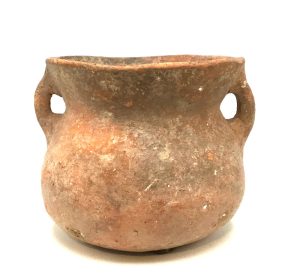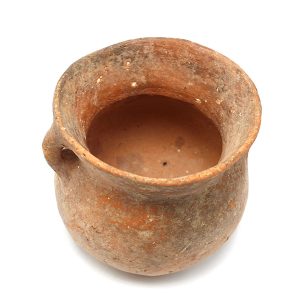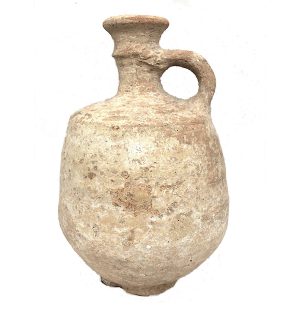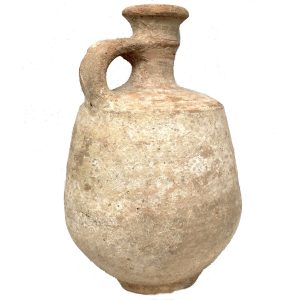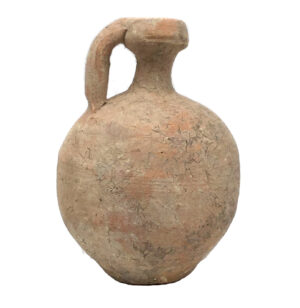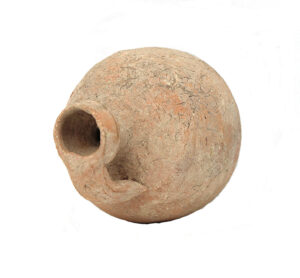Ancient Holy Land Biblical Period Pottery Vessel, Judea (1933)
Original price was: $395.00.$275.00Current price is: $275.00.H: 3.375” W: 4.25” D: 3.75” | FREE SHIPPING WITHIN CONTINENTAL U.S.
This ancient Judean vessel created during Israel’s Biblical Period was hand shaped using the coil method. It likely held potable liquids, cooking oil or other items. This is a rather sophisticated piece for Bronze Age vessel made millennia ago.

